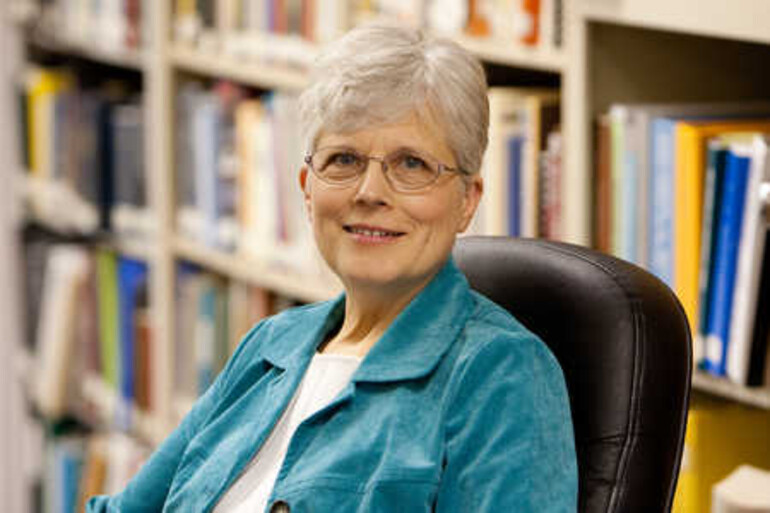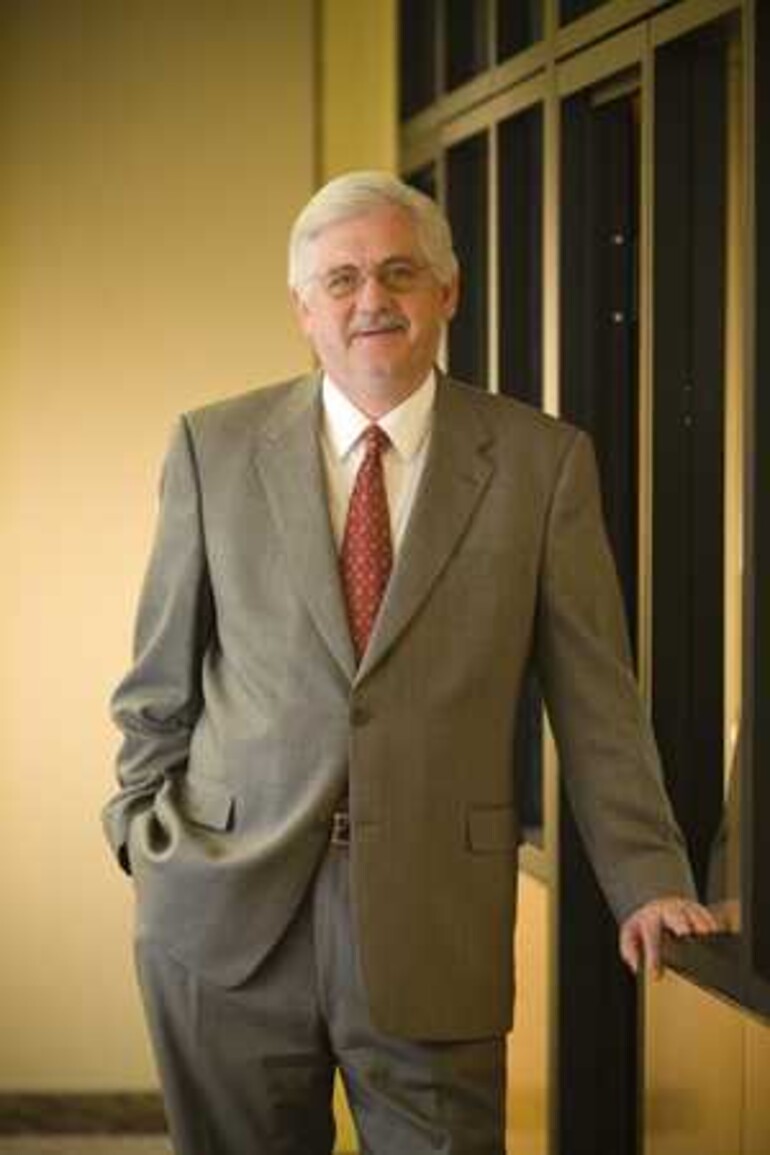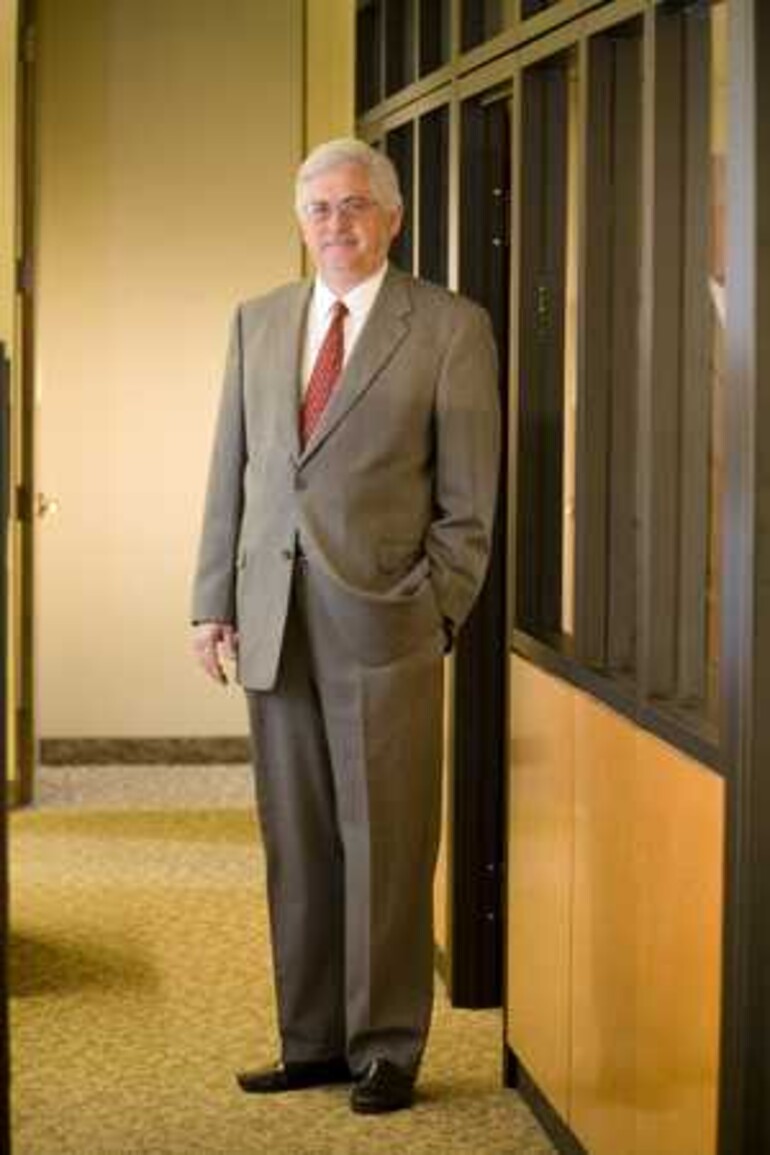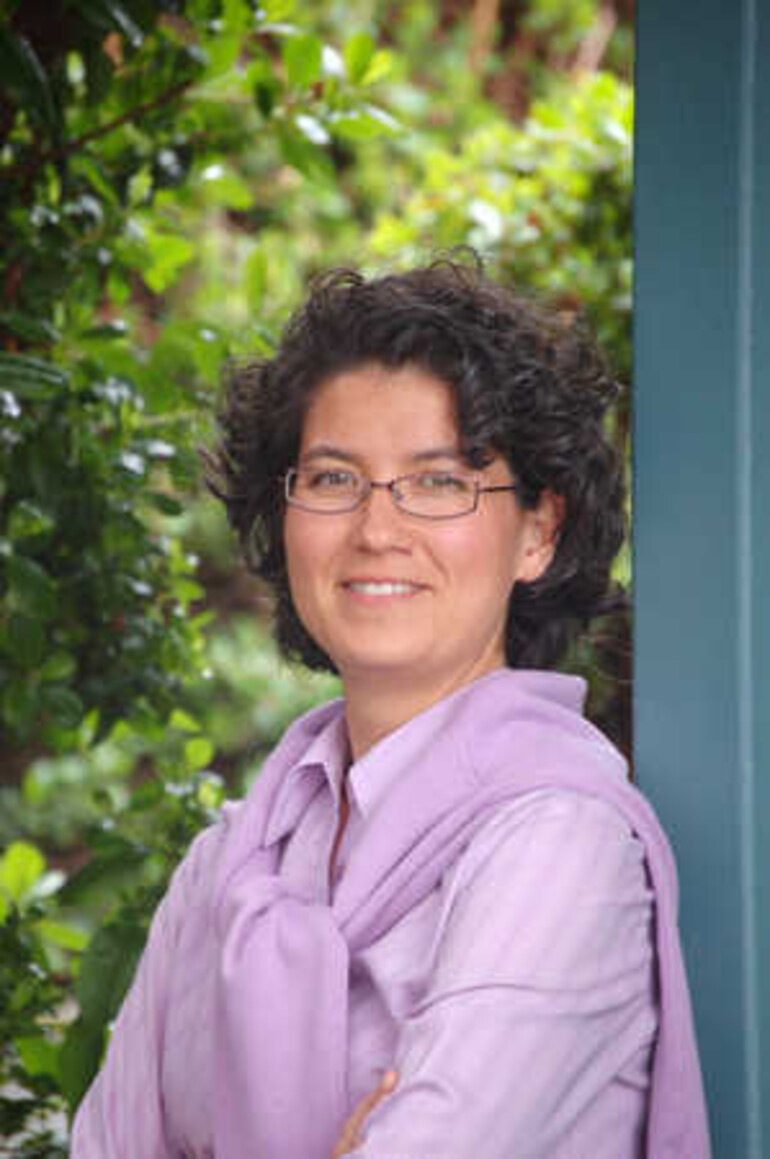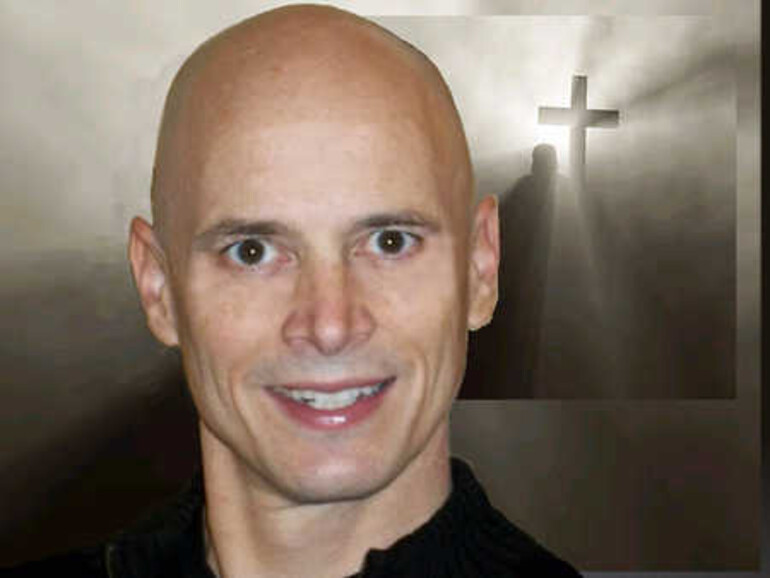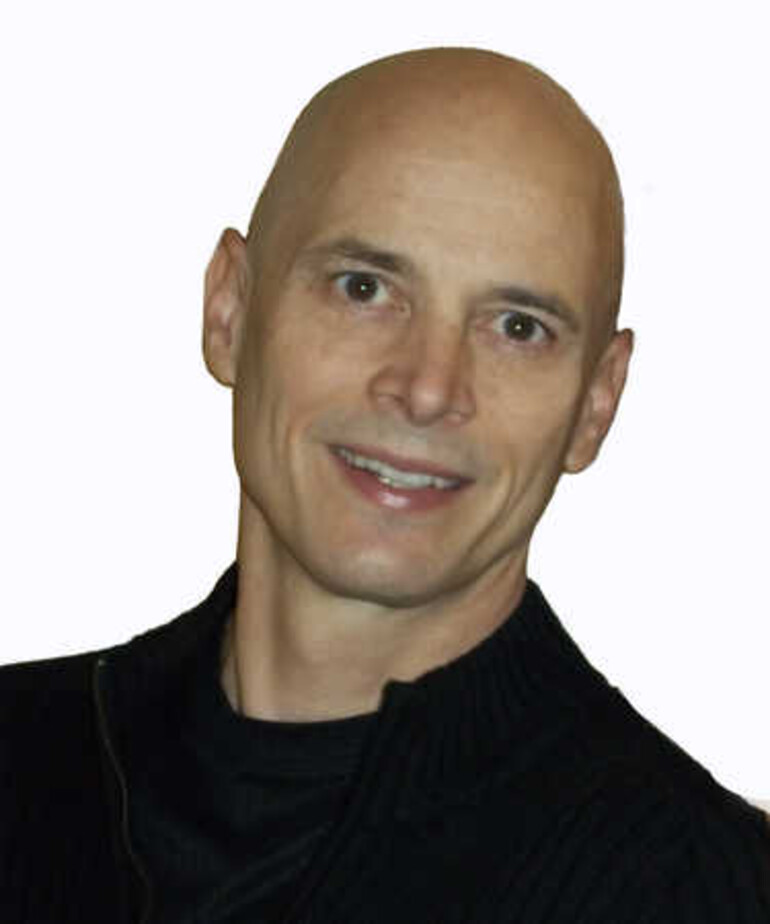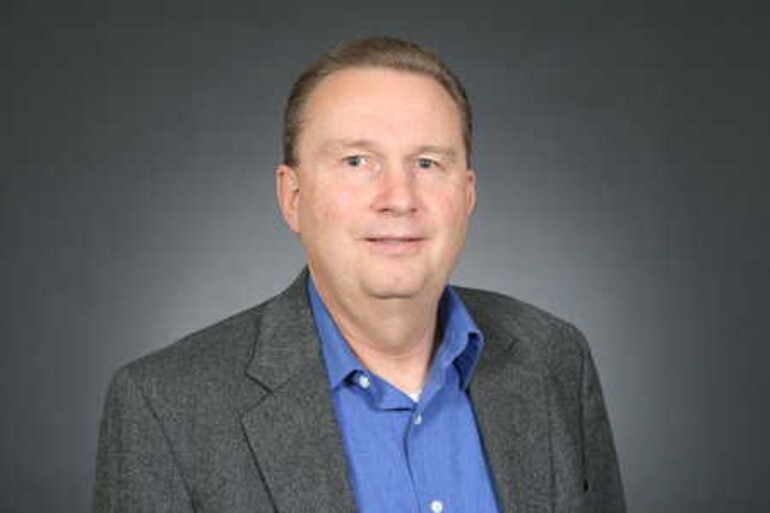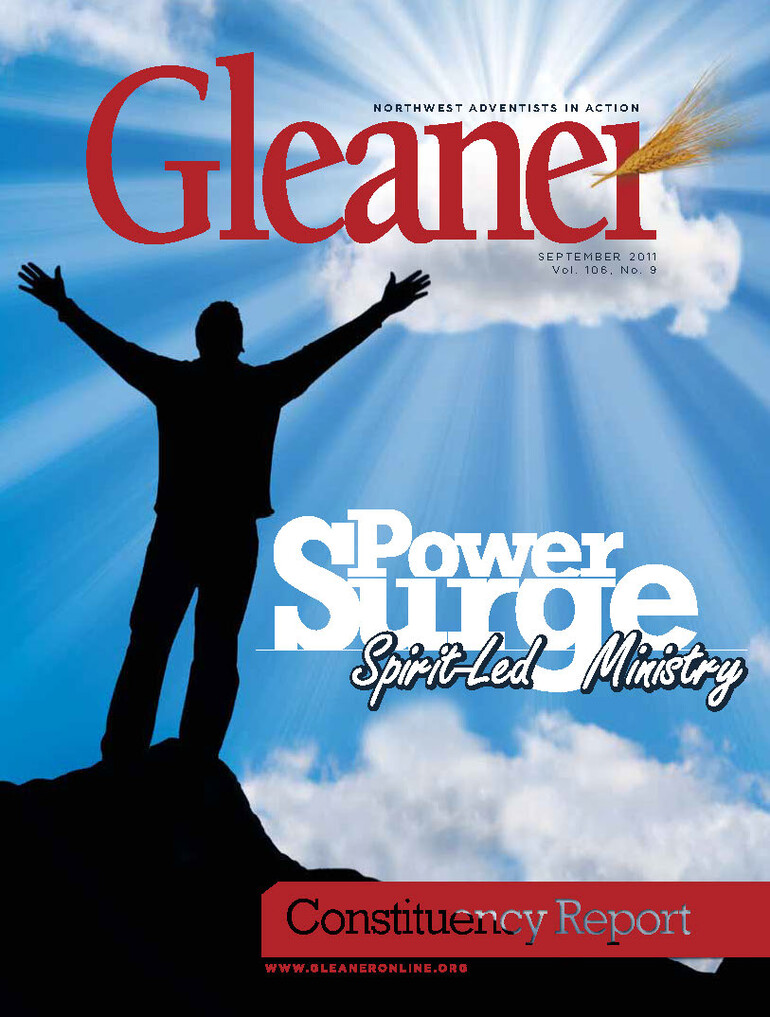GLEANER: What expectations did you bring to the initial meeting of this committee?
RUTH HARMS: I expected it to be a time to look at new ways of doing old things, explore options and practical approaches to address current challenges. I'm a business owner, so reevaluating and finding ways to improve a process is something I find pleasantly challenging.
TANYA HEUTHER: I hoped leadership would support ideas for long-term fixes and not just stopgap measures. I wanted to begin to identify ways the North Pacific Union Conference, in conjunction with local conferences, could become more effective and efficient; to address the high cost of Adventist education and the amount of subsidies paid to these institutions; and to help shift the corporate focus from survival mode (i.e. budget and staff cuts) to proactive strategic planning. I believe we need a contingency plan for how to deal with greater economic woes.
JIM BERGLUND: I anticipated a diversity of perspective and expected some passionate opinions to be expressed. I was not disappointed. Yet, even with our individual biases, I sensed a unified desire to address real life issues and look at practical solutions.
G: Did those expectations change during succeeding meetings?
HARMS: Well, yes, through no fault of anyone. I found it difficult to encompass the task. It seemed to me the task was so broad, and the group was so new in terms of working together. While I appreciate NPUC's willingness to incorporate lay people in the process. Some of the issues involve specifics of which we had no prior working knowledge.
HUETHER: Max Torkelsen compiled an intriguing list of ideas from various discussions around the union and submitted them to the committee early in the process. I was disappointed we did not explore some of the items in more depth. However, many of them fall into one of the five categories within the report, so these ideas could potentially be developed at a later date.
G: What do you see as major challenges which impact the current structure of the church?
BERGLUND: I believe many of our challenges mirror current issues in our culture. The economic downturn means our contributing families have far less discretionary money. Sacrifice as a principle of Christian living is less of a priority in this generation. Our temptation in this age is to give with a consumer-based mentality. Philosophically we struggle to balance how to adopt current business trends to downsize administration while maintaining a representative system of government. In an environment with an ever-increasing push toward congregationalism, we have a challenge to recognize the benefits of the unique representative system that we have. We take for granted some of the pitfalls that we avoid by having neither an authoritarian hierarchy nor a congregational affiliate style of governance. It is a quandary: How can we reduce costs and still maintain an effective representative system? Many of the recommendations we have proposed deal with this challenge.
HUETHER: First, I would say, is a looming leadership gap. How can we create a culture that actively trains and mentors new leaders at every level? It is unreasonable to expect young leaders to seamlessly fill upcoming vacancies if they have had little or no preparation or mentoring in leadership?
Secondly, in addition to trained leaders, there's a need for greater member participation in our mission. As important as the pastor is, he or she is only a part of church ministry. Our members possess a wealth of expertise from their professional training and personal interests that can be used to bless the mission of the church.
And, thirdly, tuition costs and subsidies for Adventist education continue to increase while elementary and secondary school enrollment has declined across North America. The financial strain on constituent churches and conferences can hinder other ministry endeavors. Yet, there seems to be a corporate reticence to say or do anything that could be construed as unsupportive or critical of our educational system. While churches, conferences and unions are making significant cuts, our schools and universities continue to increase tuition and subsidy needs.
HARMS: I also have three areas in mind. First, diversity: The church and society isn't as homogeneous as it used to be. While most people acknowledge some processes should change, the desire to be unified is a high priority in our church. The appropriate balance between diversity and unity isn't always easy to ascertain.
Second, the baby-boomer effect: Our society is more individual-oriented than in previous generations, and our congregations reflect that. More lay people are involved in church business. Yet, baby boomers don't just assume "the brethren" will do it all, or do it right. That challenges our traditional beliefs, institutions, finances and organizational structure.
A third area is what I would call "challenge to the old ways." Our church was started by spirit-led people. In most cases I believe they did what was appropriate for their times (even though they sometimes argued vigorously and grew and developed over time). A century and a half later our world is a different place. Spirit-anointed structures may need spirit-led altering or adapting. It's important for us to discern between God's continued leading and our tendency to simply want things our way.
DENNIS CARLSON: The success of our church in growth over the past several decades has also made a sense of community more difficult to maintain. Everyone no longer knows everybody else. When we are more distant there is a greater likelihood of questions about all the structures earlier generations established to maintain the community of churches and membership. This distancing of the member from the understanding of church organization creates questions on the use of tithe and offerings. That, along with an economic downturn, contributes to an eventual decrease in tithe, which, in turn, results in cuts in the conference offices. Fewer conference leaders results in less contact between members and conference personnel and, thus, the increasing difficulty of maintaining community within a conference and a union.
So, a significant challenge for our church is to maintain the fellowship of unity. My testimony, based on more than 40 years of work in the church on all levels, is the unity we enjoy in the Seventh-day Adventist church is a miracle. It is the working of the Holy Spirit on the hearts of the members based on the belief in the prophetic role of the continuing Advent movement. The power of divinity can overpower natural human inclinations that could otherwise divide us.
G: Did you have any preconceived assumptions about the NPUC that changed as a result of the these meetings?
HARMS: I was surprised to find out how much leaner the NPUC office staff is now compared with previous decades when we had more resources to work with. When there is a surplus, we are able to offer more services. When there are fewer funds available, services have to be cut. I really appreciate that the church operates on a cash basis and isn't like the federal government that goes out and borrows money (or raises taxes) to do what it chooses to do or what it assumes the people are demanding.
HUETHER: Certainly there is always room for improvement, but overall, I didn't find the "bloat" that so many members complain about. With current staffing levels, many people are wearing multiple hats, something we did not see 30 years ago. The question to ask now is, are we advancing the gospel mission as effectively with less staff? If we are not, then what are some potential no- or low-cost alternatives to make this possible?
G: In what area of our church in the Northwest do you feel greater efficiency is most needed?
DOUG JOHNSON: Whenever an organization is around for a long time, it's easy for the leaders and members to get busy with a lot of good activities and slowly lose focus on the primary mission of the organization. Adventism in the Northwest is no different. Our greatest need, in my opinion, is for us to refocus on our primary mission and pursue it with passion.
HUETHER: We need a contingency plan for disaster. Many times it seems we are reactive rather than proactive. We need to consider what our plan is should tithe and offerings drop significantly again. How will budget choices be made? What will be our key priorities?
BERGLUND: Yes, I think our greatest need is in prioritizing. In these economically difficult times we have to make financial appropriations by determining, not what could be beneficial, but what is absolutely necessary — not to protect status quo, but to accomplish our God-given mission. The economic crisis is hitting home in cuts of pay and benefits for pastors, teachers and administrators. It shows itself in the increasing district sizes for pastors of smaller churches, stretching them to the limit in covering as many as five churches in some of our Northwest conferences. One of the largest churches in our conference, with a membership of nearly 600 and more than 12 percent of the conference tithe does not have a conference-funded associate pastor. One of the truths that hit me during the process is that we cannot function on some levels of our church structure with a "what's beneficial" mentality and at other levels with a "what's absolutely essential" mentality and avoid resentment. So I appreciated that this group discussed what prioritization may mean — not just reducing the number of positions, but developing new positions to replace old ways of functioning. I appreciated so much that these concepts were addressed in specific recommendations concerning everything from placing percentage caps on the number of office to field workers to considering restructuring the configuration of our conferences and unions.
G: What significant facts during this process did you find especially interesting?
BERGLUND: I was impressed with how much more work we need to do on communicating how the church functions and the services the church provides. Sometimes we naively presume we can cut personnel and maintain the same services. I do not think members realize how much the NPUC and many conferences within our union have already downsized.
JOHNSON: One significant finding dealt with the funding of Adventism. During the three decades prior to 1980, per capita tithe increased at a greater rate than inflation. This allowed conferences to aggressively expand the work of the gospel in the Northwest. The trend reversed during the last three decades. The per capita tithe during the 1980s and the first decade of the new millennium were significantly lower than inflation. As a result, conferences, whose primary expense is personnel, were forced to give both pastors and conference office employees more and more responsibilities. Through this period, though, teacher-student ratios were not increased, partly because of decreasing enrollments.
In the area of church growth, some of us on the committee questioned whether NPUC membership increases during the last 60 years can be used to evaluate the current health and vitality of the churches and conferences of the Northwest as compared to the 1950s or even the 1980s. Church attendance records would have been helpful in evaluating the current condition of Adventism, but many churches do not count their weekly attendance. A general sense among the committee members seemed to be that Adventism is hitting a plateau and needs to more fully focus on its mission.
G: What about this process would you most want Northwest church members to know?
BERGLUND: Well, two things, actually. First, this committee did not consist of a body of yes-men and -women but individuals that spoke the truth in love to the concerns at hand. We earnestly wrestled with the issues. Second, the issues are so significant we should not settle for a one-time shot at solutions but should continue to evaluate how to implement these recommendations and research further advancements.
HUETHER: From my perspective, the NPUC administration was very open and engaged in this study. I appreciated that Max Torkelsen did not try to direct the process, but instead allowed "anything on the table." As a result the committee felt free to explore any area of church structure within our union and look at ways it could be more efficient and effective in accomplishing the mission of the church. Torkelsen did compile an intriguing list of ideas from various discussions around the union and submitted it to us early in the process. I was disappointed that we did not explore some of the items in more depth. However, many of them fall into one of the five categories within the report, so these ideas could potentially be developed at a later date.
CARLSON: The administrations and executive committees of the conferences in our union and the union office as well have made significant reductions in staffing as economic or strategic factors were considered. It is important to remember that the local conference is not an entity in and of itself. The conference was set up by members of churches for the benefit of the local congregation for services and resourcing. The conference system is a very effective mission system in that unity of action is coordinated and local churches are served in regard to pastoral placement and property management, for instance. This allows the local church to concentrate its efforts on mission to its specific community. I hope members who are interested in digging deep into the matters studied in the report will indeed do so, because the depth and breadth of the data brought together for this study is significant. We have drawn some observations based on the research we did, but I am sure more study would enhance our understanding of the church, its leadership and functions.
HARMS: This emphasizes the reality and challenges of the larger church beyond our local church. We are fortunate to have it there. So keep thinking, get to know your leaders and be involved where you can. Leaders do listen and care what you think. Don't underestimate the complexity of their responsibilities. It's easy for the rest of us to be armchair experts, to sit back and criticize. When comparing our union with all the other unions in the North American Division, it doesn't appear that we are being lavish with our current level of employees and services. And we are attempting to live within our means.
JOHNSON: During the last decade, most conferences in the Northwest reduced the number of employees in their conference offices. While some church members want more and more services provided by the conference offices, requiring additional employees, it appears that the majority of our members want more resources sent to the local level. We became convinced that more resources need to be directed to frontline ministry. Our recommendations provided to Max Torkelsen suggest how this could take place, including some additional reduction for the NPUC office.
G: Do you feel this process will result in any positive changes? What would you tell a member who says this was all just a waste of time?
HUETHER: Our report is only beneficial if administration chooses to use it. If it just sits on a shelf and the information and recommendations are never read or considered, then yes, this committee was a waste of time. However, a significant amount of data was compiled from our research that was never available before in one place. This gives our leaders solid historical facts and trends upon which to base their decisions.
HARMS: I think we all felt frustrated at times by the immensity of the challenge and the uncertainty of the future. But Max Torkelsen said that input from the meetings and the resulting report would be helpful to him in the future, so if it is useful to leadership, I'm glad.
BERGLUND: During the process I was not sure how I would feel in the end. This was an advisory committee, not an action committee. Its primary benefit may not be determined until the future reveals how the recommended changes were embraced and implemented. But as far as a waste of time? I sensed the passion of those who were together in this process. We were not merely administrators, educators, pastors and laity representing our interests, we were brothers and sisters passionate about seeing the church we love fulfilling the commission we have been given.




